Sant Martí is one of the largest districts in Barcelona, made up of ten neighborhoods, among which are: Camp de l’Arpa, El Clot, El Parc y la Llacuna del Poblenou, La Vila Olímpica, Poblenou, Diagonal Mar i Front Marítim, El Besós y El Maresme, Provençals del Poblenou, Sant Martí de Provençals y La Verdena i La Pau. Coming up on November 15, various neighborhoods in this district will be celebrating their major festivals, and we’ll be telling you about what to expect from them in this article from ShBarcelona – let’s get ready for the fiestas mayores, or “big parties”, of Sant Martí!
Related article: Discover the district of Sant Martí
Party on with the Sant Martí district



Photo by raulua via Visualhunt
The essential nucleus of the neighborhood where the celebrations in Sant Martí take place is in the Verneda i la Pau. The Sant Martí neighborhood celebrations take place in honor of Sant Martí, the namesake patron of the district, as well as one of the most popular saints in Europe during the Middle Ages. La Vernada is also the center as the old town area of the district, whose history dates back to the 11th century (for real – no more, no less). The Sant Martí church, the heart of the neighborhood, separated from Santa María del Mar and constituted its own town until practically the beginning of the 20th century, until 1897. Then, the Vernada became an annexed part of Barcelona once again. From then on, it was a rural town, and didn’t lose its rural identity until halfway through the 20th century, when the crop fields gave way to other urban projects that were developing at the time, and the neighborhood slowly converted into what it is now.
Related article: All Saints Day in Barcelona



Photo via VisualHunt
As is tradition in all the fiestas mayores in Barcelona’s neighborhoods, the celebration opens with a line of gigantes and cabezudos, meaning “giants” and “big heads”, from the Colla Gigantera de la Verneda i la Pau, which takes place on the first Saturday of November at the Rambla de la Selva de Mar, after the opening ceremony. The stars of the show will be Martí and la Dolça, the giant hosts of the celebration. Happening at the same time as this parade, the Barcelona castellers will be offering a performance. The casteller performances are common during fiestas mayores in all the neighborhoods and towns of Barcelona. The following day, at the Rambla Guipúzcoa and the Selva de Mar, there are different acts by the neighborhood entities and an exhibition of traditional dance. Last but not least, the traditional singing of Habaneras (cantada de habaneras) will take place in the Gàbia in Sant Martí park. All of these elements are indispensable parts of the traditional festivals of Barcelona and Catalonia. Along with these events and traditions, the fiestas mayores in Sant Martí feature a number of events and activities related to sports, leisure and culture. If you want more information about the organized activities taking place, you can visit the Sant Martí district headquarters at Pl. Valentí Almirall, 1.
*Main photo by Daniel Torrejón via VisualHunt
Have you been to the fiestas mayores in Sant Martí? What did you think?











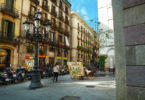

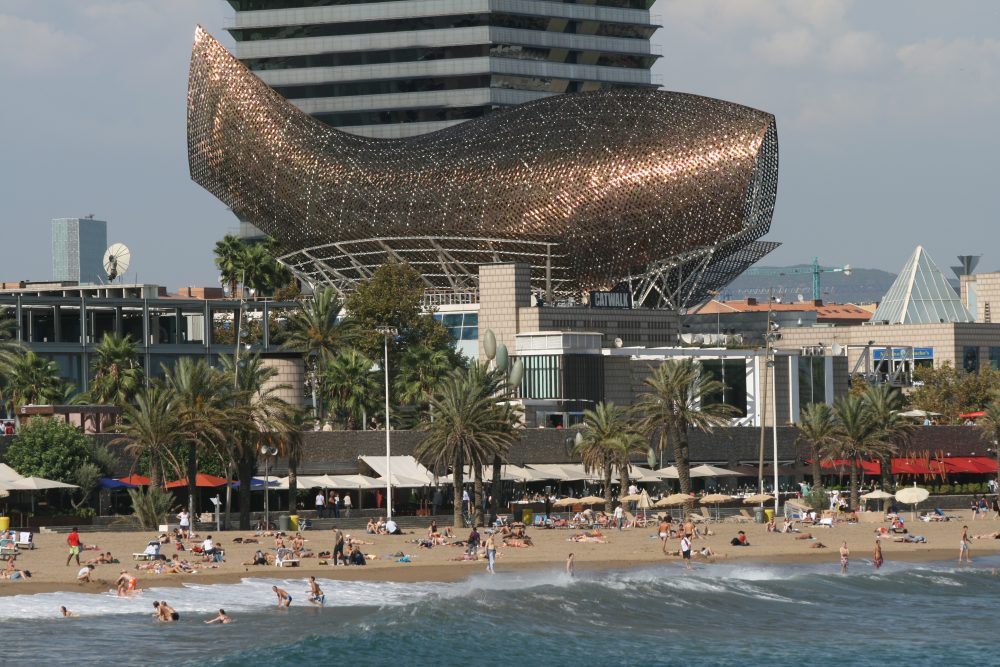
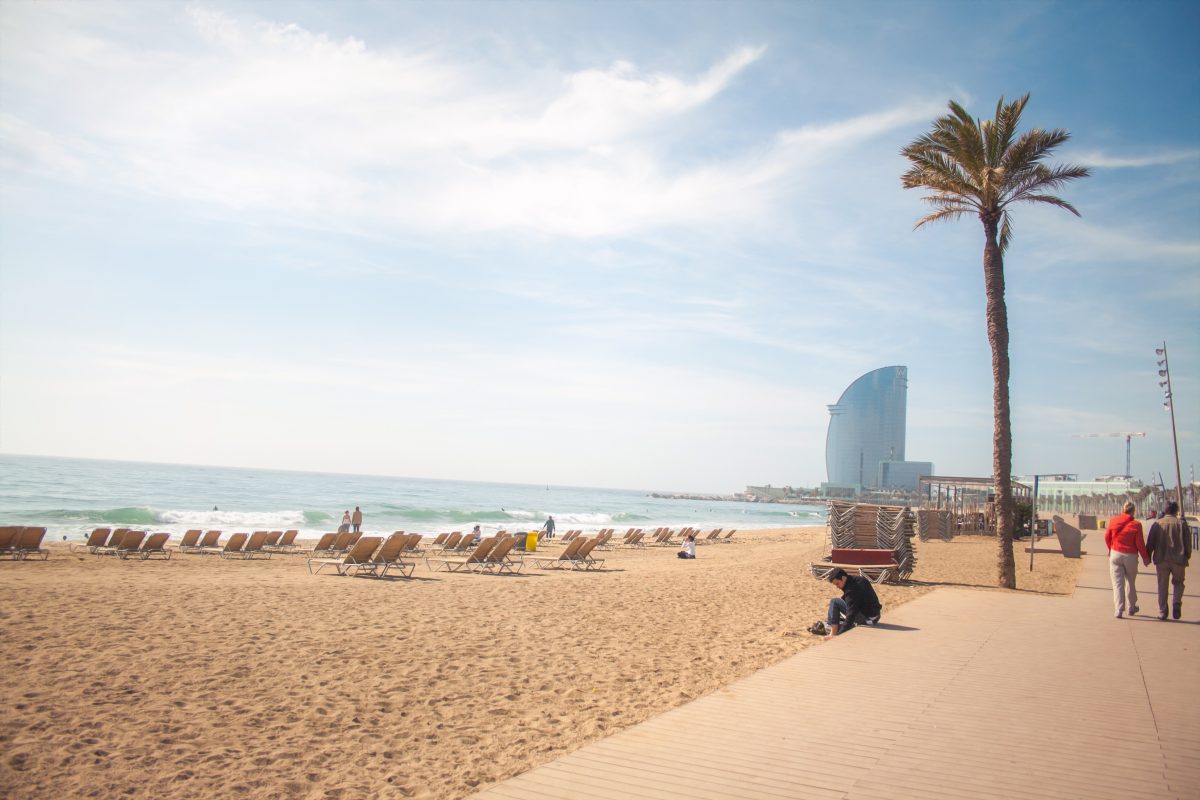
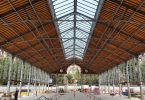

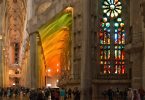



Leave a Comment